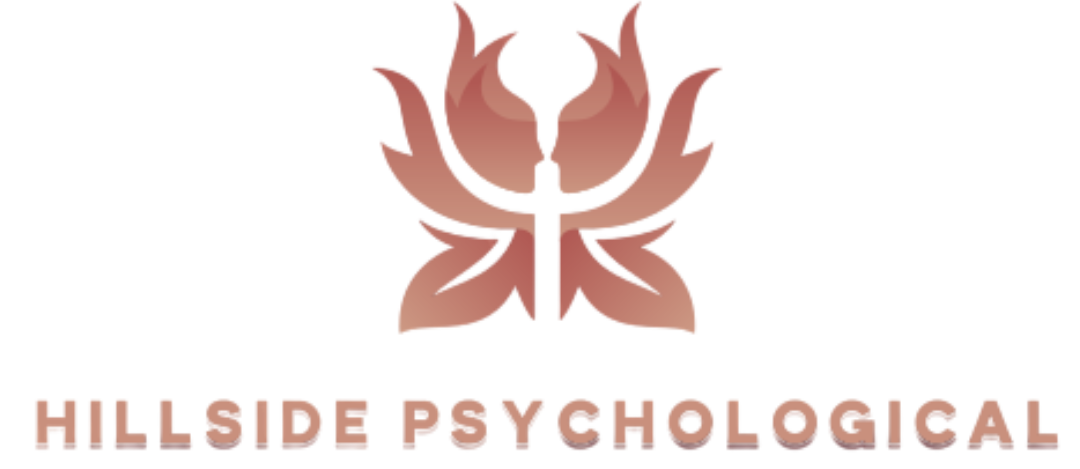
Therapeutic Specialties
Anxiety
Having an existential crisis!?! Worried about your future!?! Let’s talk about it.
Anxiety is a natural emotional response to stress or perceived threats, and it's a part of the body's fight-or-flight mechanism. It can manifest as feelings of worry, fear, or nervousness, and everyone experiences anxiety from time to time—such as before a big exam, an important meeting, or a stressful situation.
However, anxiety disorders go beyond the usual levels of worry or stress. They involve excessive, persistent anxiety that interferes with daily life and can cause physical symptoms, such as a rapid heart rate, sweating, dizziness, or trouble breathing. These disorders can be triggered by specific events or arise without an apparent cause.
Causes of Anxiety Disorders:
Anxiety disorders may result from a combination of genetic, environmental, and psychological factors:
Genetics: A family history of anxiety or other mental health conditions can increase the likelihood of developing anxiety disorders.
Brain chemistry: Imbalances in brain chemicals, such as serotonin or dopamine, can play a role in anxiety.
Trauma: Experiencing traumatic events, particularly in childhood, can increase the risk of developing anxiety disorders.
Stress: Chronic stress or major life changes, such as a death, divorce, or financial troubles, can trigger anxiety disorders.
It’s important to seek professional help if anxiety becomes overwhelming or chronic, as treatment can significantly improve quality of life.
Types of Anxiety Disorders
Generalized Anxiety Disorder (GAD):
Characterized by excessive, uncontrollable worry about a variety of everyday issues (work, health, social interactions).
The worry is often disproportionate to the situation.
Symptoms may include restlessness, fatigue, difficulty concentrating, irritability, muscle tension, and sleep disturbances.
Panic Disorder:
Involves recurrent, unexpected panic attacks—intense episodes of fear and discomfort that can occur suddenly and without warning.
Symptoms of a panic attack can include a racing heart, shortness of breath, chest pain, trembling, sweating, chills, dizziness, and a feeling of losing control.
Social Anxiety Disorder (SAD):
Characterized by extreme fear of being judged, embarrassed, or humiliated in social or performance situations.
People with SAD often avoid social interactions or experience significant distress even in ordinary social settings.
Specific Phobias:
Involve an intense, irrational fear of a specific object or situation, such as heights, spiders, flying, or medical procedures.
The fear is so intense that it leads to avoidance behavior and can interfere with daily life.
Obsessive-Compulsive Disorder (OCD):
Involves unwanted, intrusive thoughts (obsessions) that cause anxiety, and the individual feels compelled to perform specific behaviors or rituals (compulsions) to relieve that anxiety.
Common examples include excessive hand-washing, checking behaviors, or counting rituals.
Post-Traumatic Stress Disorder (PTSD):
Develops after an individual experiences or witnesses a traumatic event.
Symptoms may include flashbacks, nightmares, severe anxiety, and hypervigilance, which can make it difficult to function normally.

